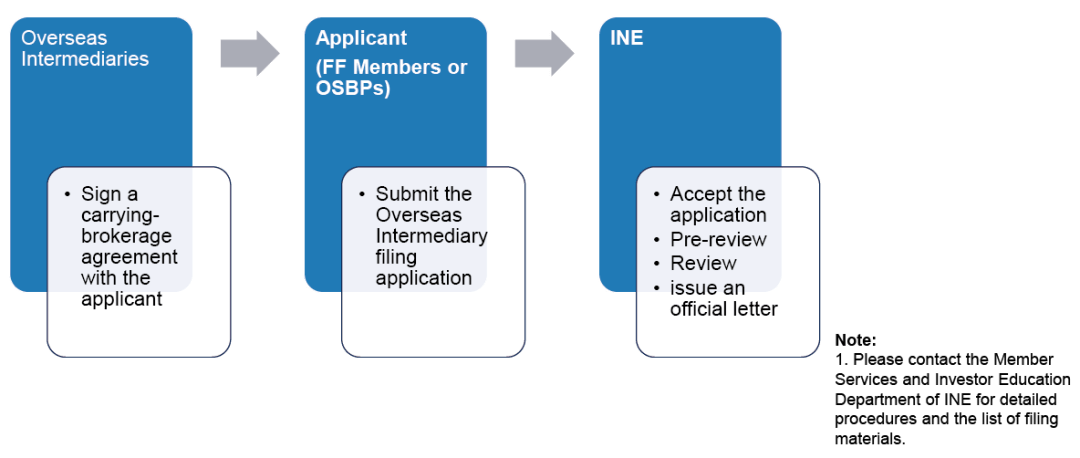Understanding Qualified Plan Loan Offset: What You Need to Know About Retirement Plan Loans
#### Qualified Plan Loan OffsetA **qualified plan loan offset** occurs when an individual takes out a loan from their retirement plan, such as a 401(k), and……
#### Qualified Plan Loan Offset
A **qualified plan loan offset** occurs when an individual takes out a loan from their retirement plan, such as a 401(k), and then leaves their job or the plan is terminated. This can lead to a situation where the outstanding loan balance is offset against the account balance, potentially resulting in a taxable event. Understanding the implications of a qualified plan loan offset is crucial for anyone considering borrowing from their retirement savings.
#### What is a Qualified Plan?
A **qualified plan** is a retirement savings plan that meets the requirements set forth by the Internal Revenue Service (IRS) and the Employee Retirement Income Security Act (ERISA). These plans often include 401(k)s, 403(b)s, and profit-sharing plans. They offer tax advantages, such as tax-deferred growth on investments and potential employer matching contributions. However, borrowing from these plans can complicate your retirement strategy.
#### The Mechanics of a Loan Offset

When you take a loan from your qualified plan, you are essentially borrowing your own money, which you will repay with interest. If you leave your job or if the plan is terminated before the loan is fully repaid, the remaining loan balance may be treated as a **qualified plan loan offset**. This means that the unpaid balance is deducted from your account balance, and you may be required to pay taxes on that amount as if it were a distribution.
#### Tax Implications of a Loan Offset
One of the most significant consequences of a qualified plan loan offset is the tax liability it can create. When the loan is offset, the IRS treats the unpaid balance as taxable income. This can significantly increase your tax burden for the year in which the offset occurs. Additionally, if you are under the age of 59½, you may also incur a 10% early withdrawal penalty.
#### Strategies to Avoid Loan Offsets

To mitigate the risks associated with a **qualified plan loan offset**, consider the following strategies:
1. **Repay the Loan Before Leaving**: If you anticipate leaving your job, make a plan to repay the loan in full before your departure.
2. **Consider Alternatives to Borrowing**: Explore other financing options that do not involve borrowing from your retirement savings, such as personal loans or credit lines.
3. **Understand Your Plan’s Terms**: Familiarize yourself with your retirement plan's loan provisions and the potential consequences of an offset.

4. **Consult a Financial Advisor**: Seek professional guidance to understand the best course of action regarding your retirement savings and loans.
#### Conclusion
In summary, a **qualified plan loan offset** can have serious financial implications for individuals who borrow from their retirement plans. It is essential to understand how these loans work, the potential tax consequences, and strategies to avoid offsets. By being informed and proactive, you can protect your retirement savings and make better financial decisions for your future. Always consider consulting with a financial advisor to navigate the complexities of retirement planning and loans effectively.